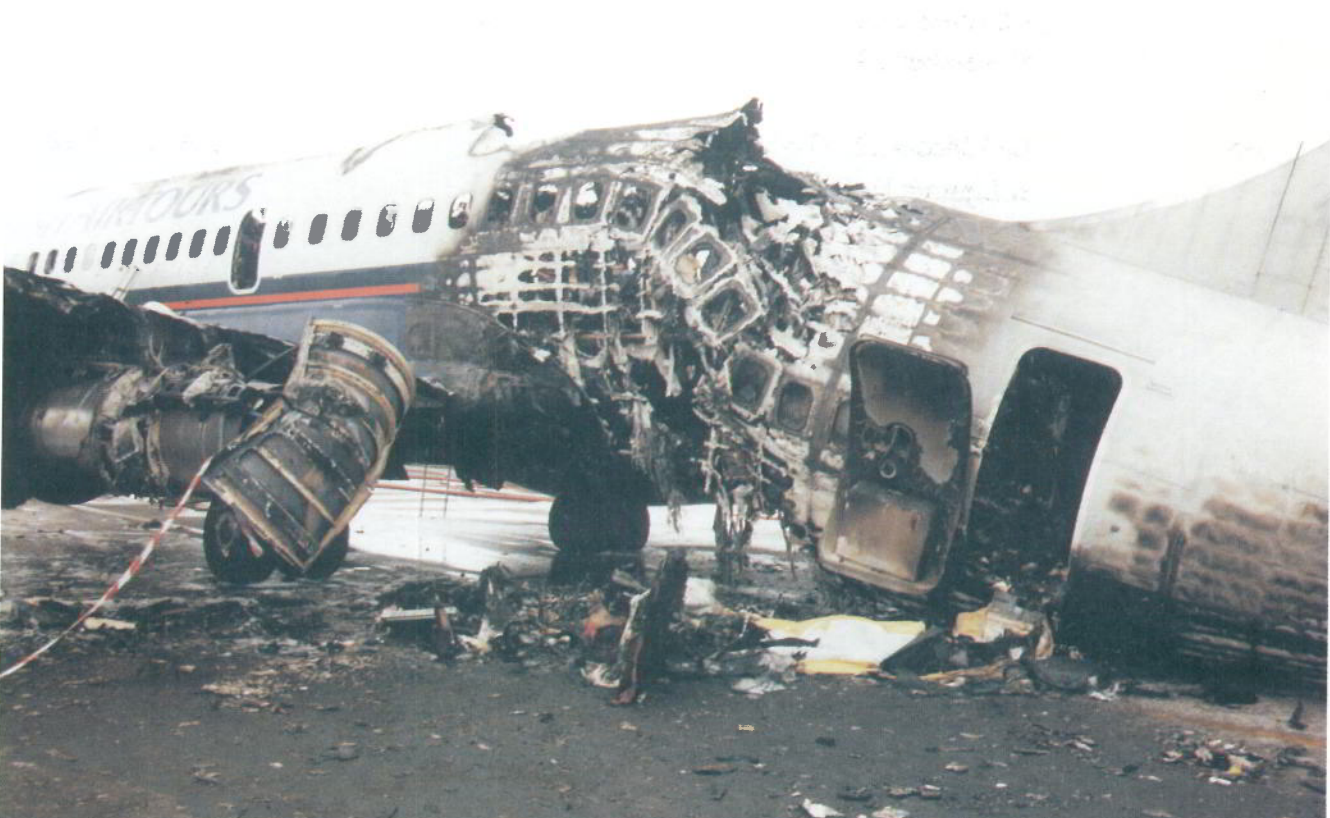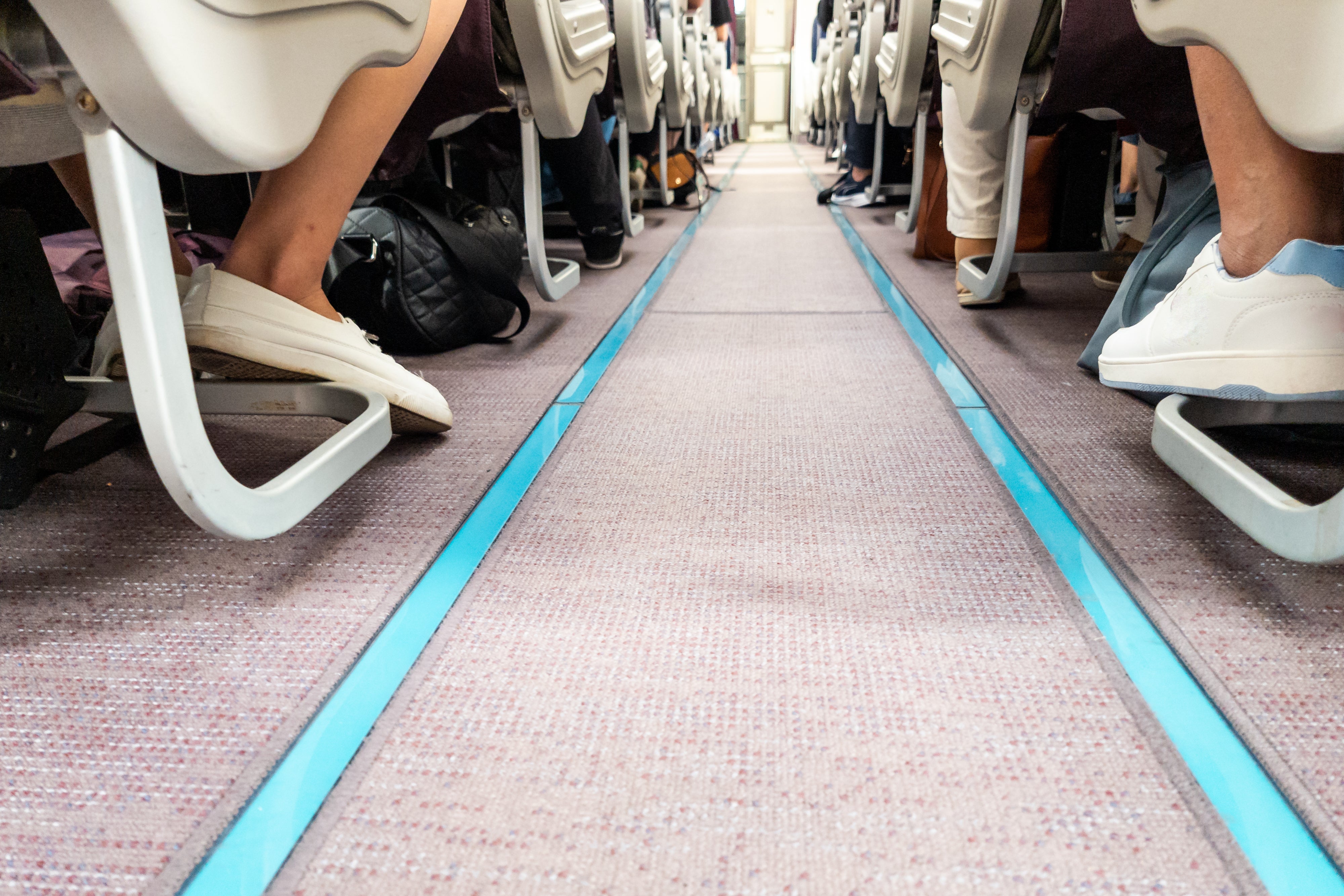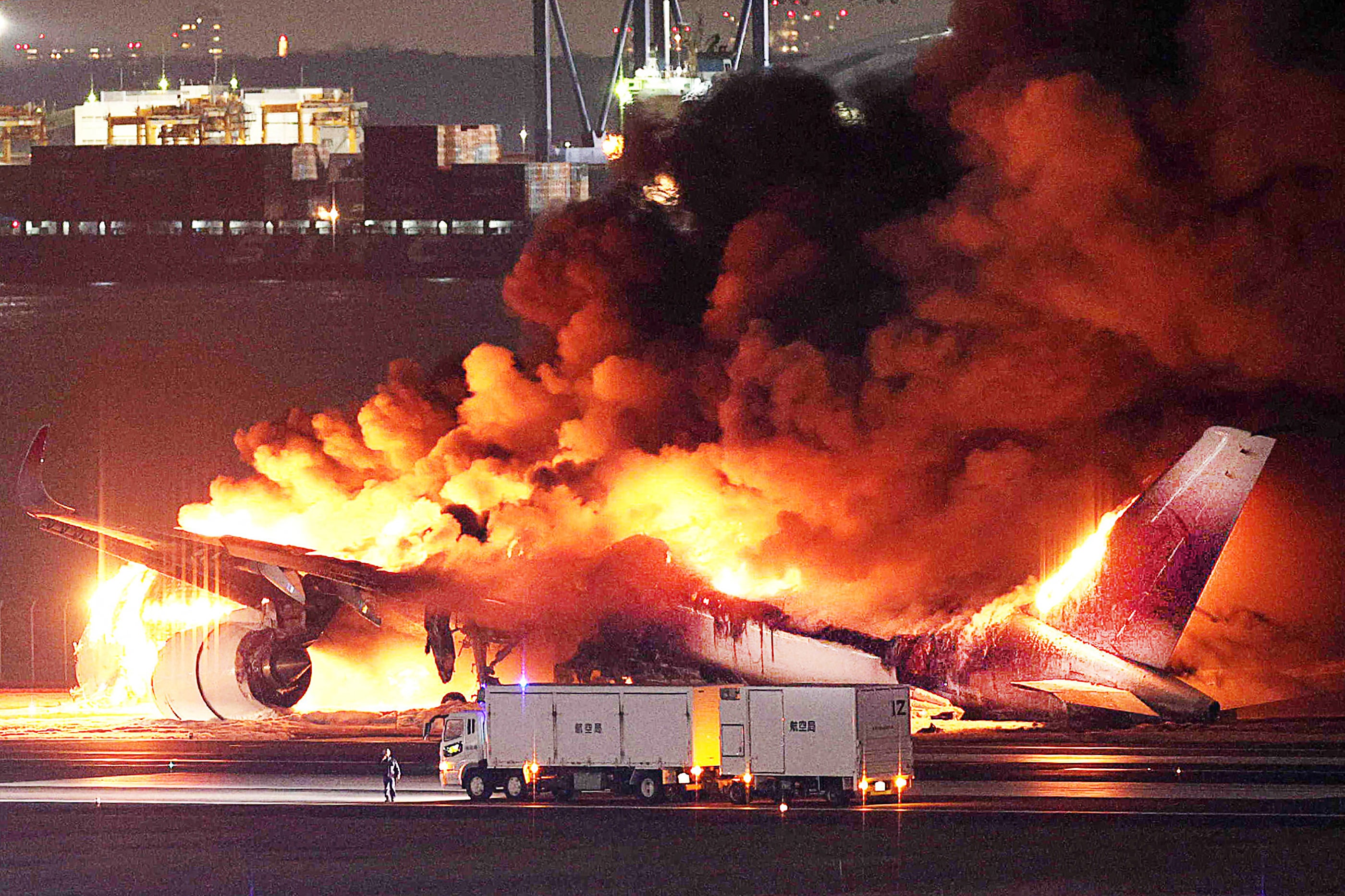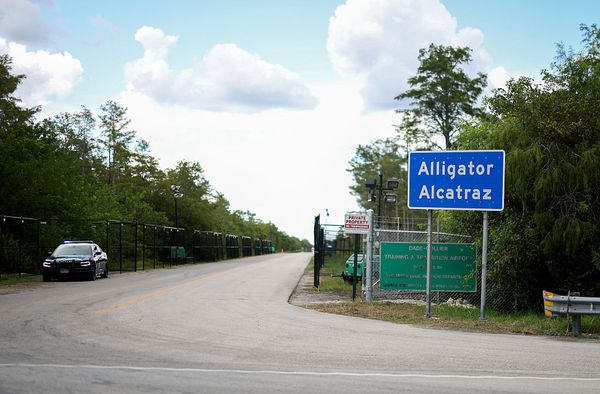
“In the airport’s Garden of Remembrance, an epitaph on the permanent memorial to the victims reads, “their lives were not lost in vain.” Those words reflect the fact that every passenger who passes through Manchester airport – and any other airport around the world – is safer, today, as a result of the lessons learned from that day’s tragic events.”
So says Manchester airport’s managing director, Chris Woodroofe, 40 years on from the disaster that cost the lives of 53 passengers and two cabin crew.
At 6.12am on 22 August 1985, a Boeing 737 in the colours of British Airways’ charter subsidiary, British Airtours, accelerated along the runway at Manchester airport, destination Corfu. Two pilots, four cabin crew and 131 passengers were on board.
Thirty-six seconds later, at a speed of 144mph, the twin jet was still on the runway as the left engine suffered an uncontained failure. Metal from the engine punctured a wing fuel tank access panel and a fire began.
The crew, having heard a thud, believed a bird strike or tyre burst was responsible. As they turned off the runway, air traffic controllers confirmed the fire. The captain ordered an evacuation on the right-hand side of the aircraft.
But as the plane came to a halt, smoke and fire spread into the cabin.
“The aft cabin was suddenly filled with thick black smoke which induced panic amongst passengers in that area, with a consequent rapid forward movement down the aisle,” the investigation into the tragedy found.
“Many passengers stumbled and collapsed in the aisle, forcing others to go over the seat-backs towards the centre cabin area, which was clear up until the time the right overwing exit was opened.
“A passenger from the front row of seats looked back as he waited to exit the aircraft, and was aware of a mass of people tangled together and struggling in the centre section, apparently incapable of moving forward. He stated “people were howling and screaming”.”

In the ensuing chaos, only 83 of the passengers and crew made it out alive. One initial survivor died six days later, taking the death toll to 55 – most of them killed by a mix of poisonous gases.
“Many survivors from the front six rows of seats described a roll of thick black smoke clinging to the ceiling and moving rapidly forwards along the cabin,” the accident report relates.
“On reaching the forward bulkheads it curled down, began moving aft, lowering and filling the cabin. Some of these passengers became engulfed in the smoke despite their close proximity to the forward exits.
“All described a single breath as burning and painful, immediately causing choking. Some used clothing or hands over their mouths in an attempt to filter the smoke; others attempted to hold their breath. They experienced drowsiness and disorientation, and were forced to feel their way along the seat rows towards the exits, whilst being jostled and pushed.”
The cabin crew – including two young stewardesses who stayed at their posts at the rear of the aircraft and perished while striving to save lives – performed their duties in exemplary fashion. But they had been dealt a deadly hand: aboard a blazing aircraft, filling with lethal fumes, with passengers jammed together at exits.
Aviation safety is built on learning from past tragedies. The accident at Manchester probably did more to save lives than any other calamity. Passengers now have floor-level lighting to guide them to an exit. Those emergency exits are now designed with enough space – as well as handholds – so cabin crew are better equipped to help passengers escape.

While the Boeing 737 had been certified for evacuation within 90 seconds, events at Manchester bore no resemblance to the test parameters. On that fateful day in the summer of 1985, passengers at the overwing emergency exit on the right-hand side struggled to open the hatch – which briefly trapped the passenger in 10F in her seat. It took 45 seconds to get the exit open after the aircraft stopped.
Today, every passenger at an emergency exit receives a pre-flight briefing about how to open the hatch – and are asked if they are prepared to assist.
Accident investigators highlighted “the extremely toxic nature of the emissions from the burning interior materials”, including cyanide. Four out of five of the victims were found to have had cyanide levels high enough to incapacitate them. Today, materials used in cabins are fire-resistant.
Since the Manchester disaster, British Airways has had an outstanding safety record.
Ten years ago, a BA Boeing 777 departing from Las Vegas to Gatwick suffered a fire in the left-hand engine. All 170 on board safely evacuated from the burning aircraft – though the captain later deplored the action of some passengers who took their cabin baggage with them.
Even more dramatic was the 2024 crash involving a Japan Airlines Airbus A350 at Tokyo’s main airport, Haneda. The plane had been cleared to land, but a small Dash-8 propeller plane belonging to the Japanese coastguard strayed onto the runway.
After striking the errant aircraft, the passenger jet continued for almost a mile along the runway, in flames.

On board the almost-full Airbus: 367 passengers, including eight infants under two, and 12 crew. The public address system failed, meaning cabin crew had to shout and use megaphones to order the evacuation. Only three of the eight emergency slides could be used because of the fire engulfing much of the aircraft.
Some of the circumstances bore a strong resemblance to the British Airtours tragedy at Manchester, though with nearly three times as many people at risk. Yet all 379 people escaped from the aircraft with only bruises sustained during the evacuation.
The Manchester disaster helped save their lives.
Airlines are ferociously competitive, except in the most important aspect of all: safety. The aviation industry is based on open, collaborative investigation. The imperative is not to apportion blame but to protect future passengers by learning from tragedy.
The UK and Ireland lead the world in air safety; Virgin Atlantic, easyJet, Jet2 and Ryanair have suffered no fatal accidents. And all have frequent flights from Manchester.
The airport boss, Chris Woodroofe, says: “As we mark the 40th anniversary, our thoughts are also with everyone affected by the events of that day – from the passengers who survived, to those who lost a friend or loved one, and the first responders who put themselves in harm’s way to save lives.
“It's important that we take time to stop and remember. That is our commitment.”
Passengers, meanwhile, must commit to helping themselves – and everyone else on board – by paying attention to the safety briefing.
Identify the nearest exit, both forward and aft. And in the highly unlikely event of being ordered to evacuate the aircraft, leave those bags behind.
Read more: Will passengers ever break the sound barrier again?
Train outages and flight delays: Simon Calder’s big bank holiday travel guide
Why does British Airways want to charge £652 for switching one domestic flight?
British Airways pilot suspended over claim he left cockpit door open during flight
Manchester airport flight delays after easyJet planes ‘clip wings’ on runway
Live permanently on a cruise ship with new ‘Golden Passport’ scheme
George Lucas’s $1 billion spaceship-like Los Angeles museum nears completion







